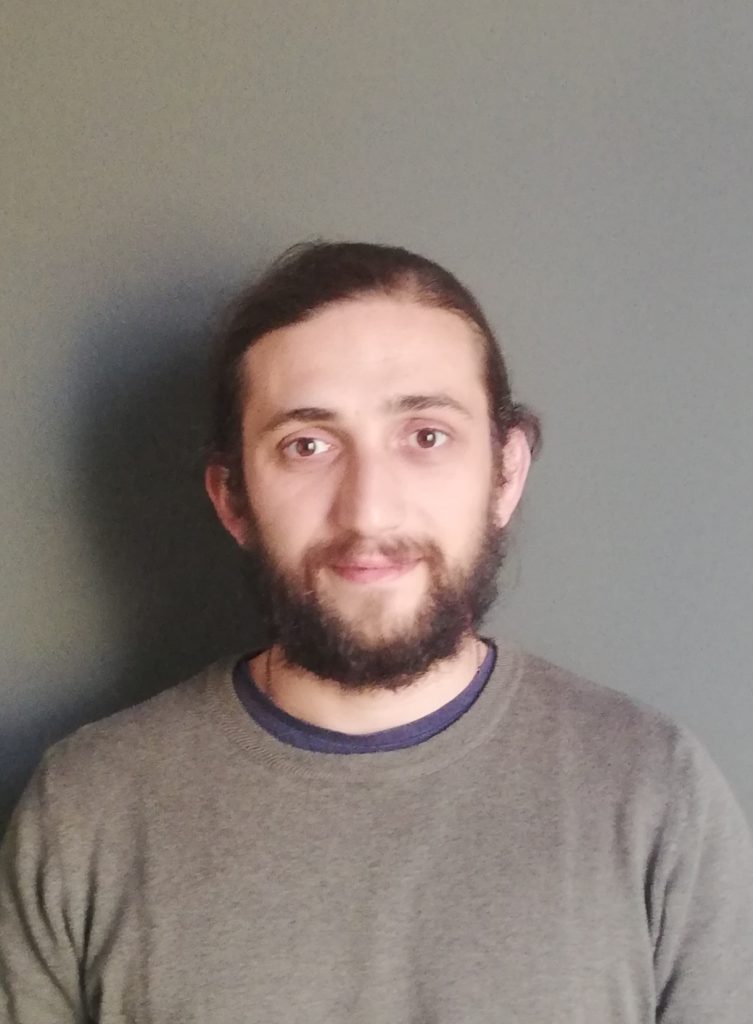Soutenance de la thèse de Ruggero Basanisi (Equipe BraiNETS )
Neurophysiological and computational bases of goal-directed behavior
Vendredi 17 décembre à 9h30
Lieu: salle Henri Gastaut, INT

Jury:
Sylvia Wirth (Rapporteuse), ISC (Lyon)
Mehdi Khamassi (Rapporteur), ISIR (Paris)
Boris Burle (Examinateur), LNC (Marseille)
Christian Bénar (Examinateur), INS (Marseille)
Marc Deffains (Examinateur), IMN (Bordeaux)
Andrea Brovelli (Directeur de thèse), INT (Marseille)
Paul Apicella (Co-directeur de thèse), INT (Marseille)
Abstract :
Acquisition and consolidation of instrumental behaviors are known to engage distinct decision-making processes and learning strategies while interacting with the environment. Among them, goal-directed learning resides in the creation of an inner representation of the environment, a ‘world model’, to encode stimuli-actions-outcomes associations, in order to choose future actions, in a process called planning. Such learning ability is supported by brain circuits involving both cortical and subcortical regions, including the associative and limbic fronto-striatal networks. On the other hand, several open issues remain regarding both the neural computationals and anatomo-functional gradients that support goal-directed learning. The aim of this thesis is to address such open questions using computational models and neurophysiological data. In a first study, we investigated how complex computations, such as learning the model of the world and planning, can emerge from neural activity. In a second study, we assessed the importance of striatum in encoding reward prediction errors (RPE), a relevant signal used to update the model and thus to select the correct future actions. In a third study, our aim was to characterize the cortico-cortical interactions supporting goal-directed causal learning performing magnetoencephalography (MEG) experiments on human participants. In its entirety, this project proposes a new mechanism on how computations at the neural level can implement planning and offers a better comprehension of the computational and neurophysiological processes supporting goal-directed learning and behavior, both in cortical and in subcortical regions.